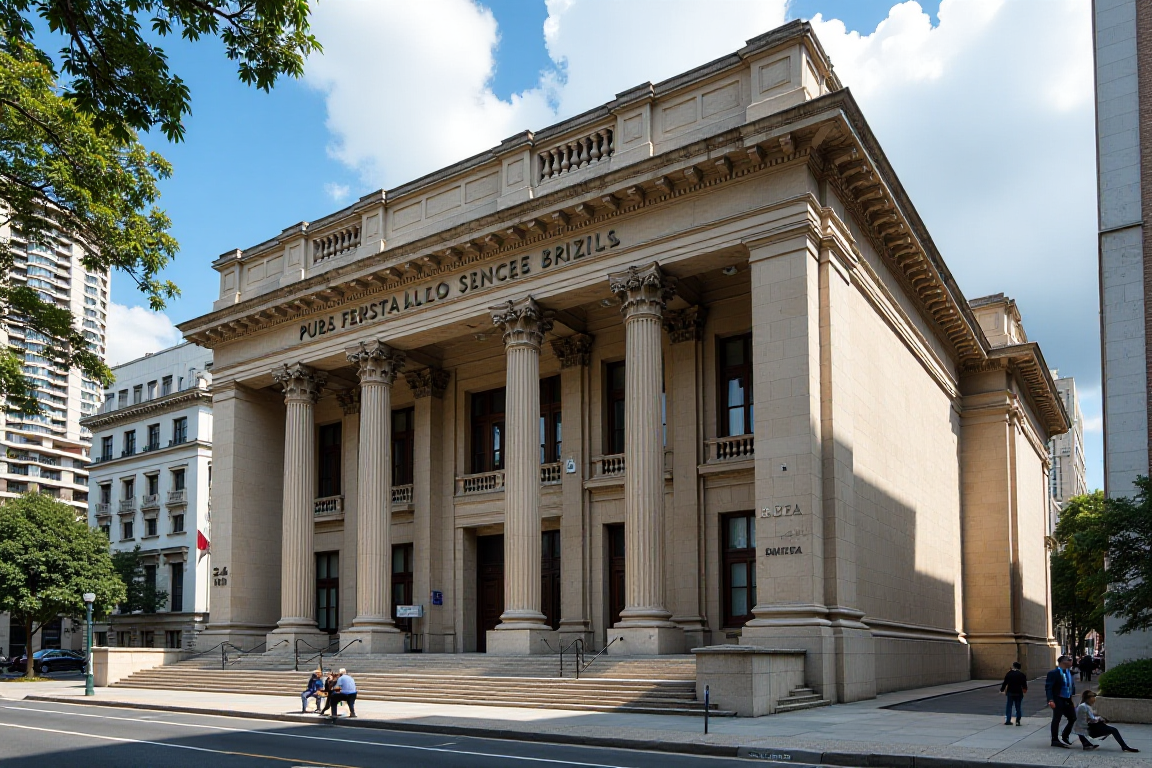Brazil’s central bank has closed its cycle of monetary tightening, according to the local Monetary Policy Committee (Copom) decision, signalling a potential pause in the central bank’s interest rate hike cycle.
According to InfoMoney, the bank assesses whether the Selic rate is restrictive enough to pull inflation back on target.
The committee expressed in minutes of its most recent meeting, released Tuesday, that it “expects a pause in the interest rate hike cycle” to assess the data-lagged impact of past increases.
The Copom increased the Selic rate by 0.25 percentage points on Wednesday, June 18, from 14.75% to 15.0% per year.
The committee’s meeting minutes stated:
“If the expected scenario is confirmed, the committee anticipates an interruption in the interest rate hike cycle to examine the accumulated impacts of the adjustment already made, yet to be observed, and then assess whether the current level of the interest rate, considering its maintenance for a very long period, is sufficient to ensure the convergence of inflation to the target.”
Markets adjust expectations
As of Monday, June 23, median predictions from the Market Expectations System, which shape the Central Bank’s Focus report, suggested that the Selic rate is anticipated to remain at 15% through the end of 2025.
This marked a shift from the previous week, when forecasts saw rates holding at 14.75%.
Despite most economists expecting a hold, market pricing before the June decision had shifted in favour of a 0.25-point increase.
No hesitation in taking further action
Copom stated that it will “remain vigilant” and “will not hesitate to continue the adjustment cycle if it deems it appropriate.”
The committee defined the current economic environment as necessitating a “significantly contractionary” policy posture for a “very prolonged” period.
It highlighted unanchored expectations, high inflation estimates, labour market pressures, and robust economic activity as important drivers for its stance.
Inflation is still above the target
Copom reaffirmed its inflation estimates, with headline inflation expected to reach 4.9% by the end of 2025 and 3.6% by the end of 2026, above the 3% objective and, in the case of 2025, over the tolerance range ceiling of 4.5%.
Inflation for free prices is expected to be 5.2% in 2025, and 3.8% for controlled prices.
For 2026, the forecasts are 3.4% and 4.1%, respectively.
All projections are based on the baseline scenario, which assumes a stable Selic path from the Focus report, an exchange rate starting at R$5.60 in line with purchasing power parity, and green energy tariffs through the end of 2025 and 2026.
Oil prices are assumed to follow the forward curve for six months before increasing by 2% annually.
Brazil’s Central Bank pushed the Selic rate to 15%
Last week, Brazil’s Central Bank hiked its benchmark interest rate, the Selic, to 15%, the highest since 2006, suggesting a firm stance against ongoing inflationary pressures.
While the committee hinted at a halt in rate hikes at its next meeting in late July, it stressed that the present contractionary stance will be maintained “for a very long period.”
Itaú Unibanco predicts the Selic rate will remain constant until 2025, with a possible 200 basis point decrease starting in early 2026.
The decision to maintain the tightening cycle arises from growing concerns about unanchored inflation expectations and economic risks.
Even the Bank’s prediction for 2026, the current key horizon for monetary policy, is 3.6%, which is still above the middle of its inflation target band.
Despite potential economic consequences, the country’s monetary officials are counting on a steady hand to steer inflation back on track.
The post Brazil’s Central Bank signals pause in rate hikes amid persistent inflation concerns appeared first on Invezz
